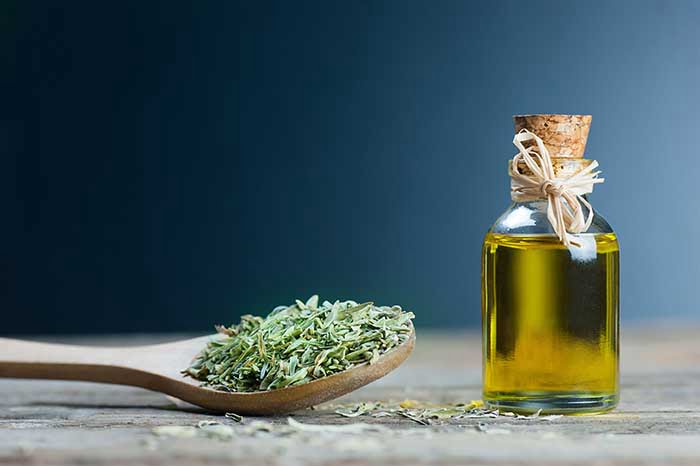Thicken spaghetti sauce the right way with these easy cooking tips. Seven easy ways to rescue your tomato pasta recipe.
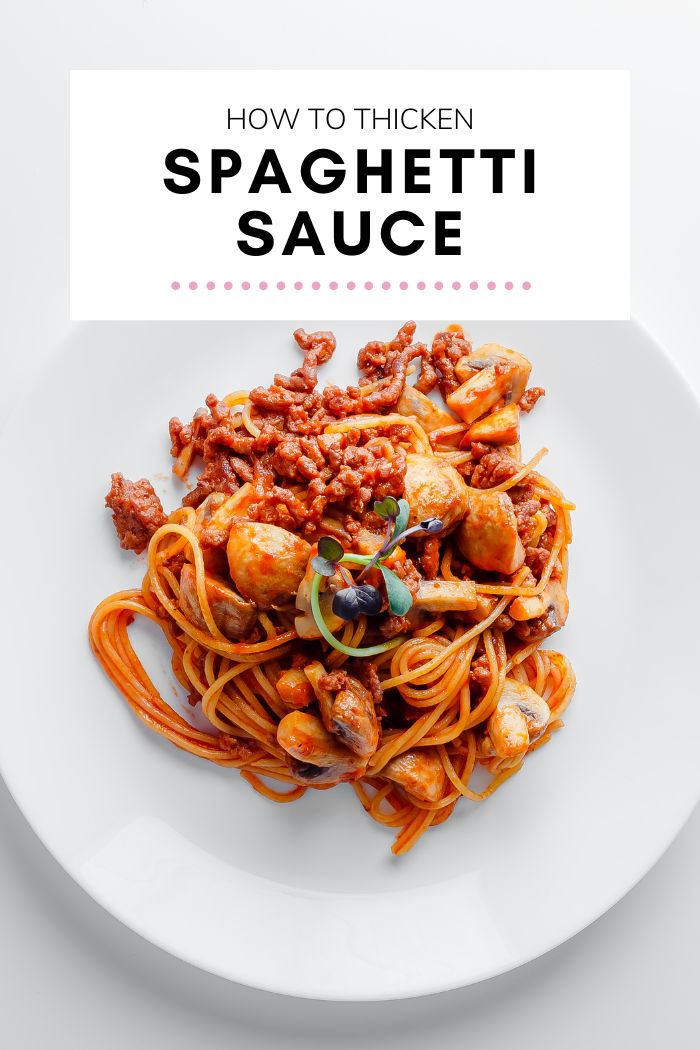
Spaghetti sauce can be easy to get wrong. If it’s too thin, it’ll have a watery consistency that won’t adhere to your pasta and will ruin your dish.
The good news is that this is easy to fix, no matter whose tomato sauce recipe you’re using.
From flour or cornstarch thickening agents to good old-fashioned reductions, these are the best ways to thicken spaghetti sauce today.
Reduction
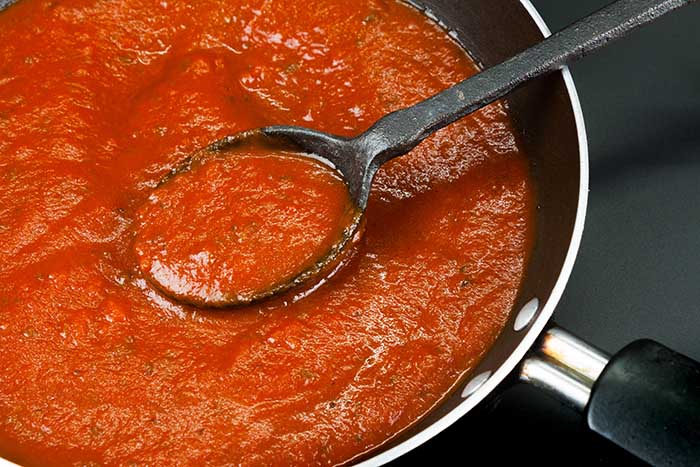
One of the ways to thicken spaghetti sauce would be to leave it to simmer. Regardless of how you make it, any sauce will have some water or stock as part of the ingredients. When you allow the sauce to simmer, you evaporate the water that it has. Allow the sauce to simmer over low heat for 20 minutes, in the same way water evaporates when you boil it.
Reduction in cooking is a way of reducing the water content in certain types of food by leaving it to simmer or boil, thereby allowing the water to evaporate. It works for soups, it works for risotto, and it works for sauce.
The best thing about this method is that it doesn’t require any added ingredients, allowing you to stay completely faithful to the original spaghetti recipe.
While it’s often used as a way to improve and intensify flavor in a dish, it’s also an excellent way to thicken watery sauces. Allowing it to simmer for an extended period of time will also allow the herbs in your recipe to further enrich the overall flavor of the dish, while also activating the natural starches in the dish to help thicken the dish.
The key with reduction is to do it for long enough to improve the consistency, but not so long that the sauce burns or turns bland.
How to reduce spaghetti sauce
Leave the sauce to simmer over low heat for 20 minutes. Leave the pan uncovered and stir every few minutes. Remove from heat once you’ve achieved the desired consistency.
Pasta Water
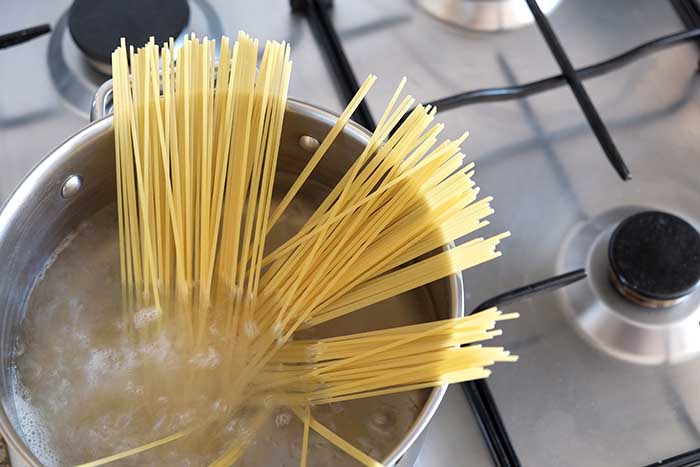
Pasta water is a great addition to sauce because the salt and starch content helps to bind the sauce ingredients and infuse them with more flavor. It may sound counterintuitive to add water as a thickening agent, but the added starch is the key ingredient here.
This method is particularly effective for non-dairy pasta recipes, especially tomato or passata-based sauces.
How to use pasta water
Drain the spaghetti with a colander placed above a large pot. Measure out half a cup of pasta water, and slowly stir it into the tomato sauce. Leave the sauce to simmer and reduce for 10 minutes before serving.
Corn Starch
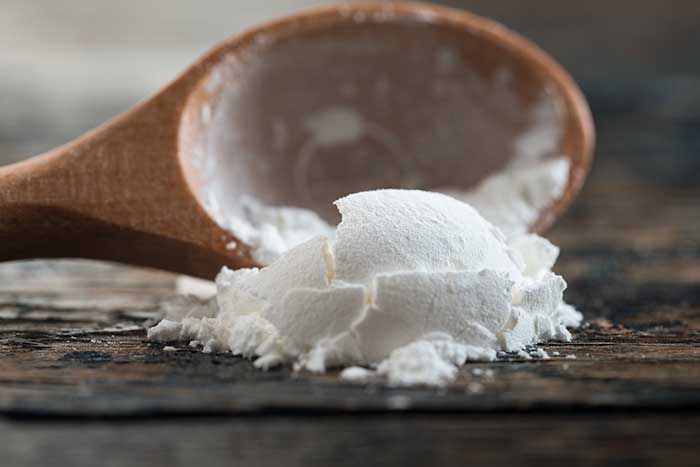
Corn starch is the easiest thickening agent to use for sauces and doesn’t affect the flavor of your dish. This makes it versatile enough to use on pre-made sauces, as well as a thickening agent for other recipes, like soups and chili con carne.
Quick warning: Only add a little at a time. Too much corn starch can quickly ruin the texture of a dish.
How to use corn starch
Add ½ teaspoon of corn starch to spaghetti sauce and stir in well. Stir and simmer to reduce for 5 minutes before assessing consistency.
Roux
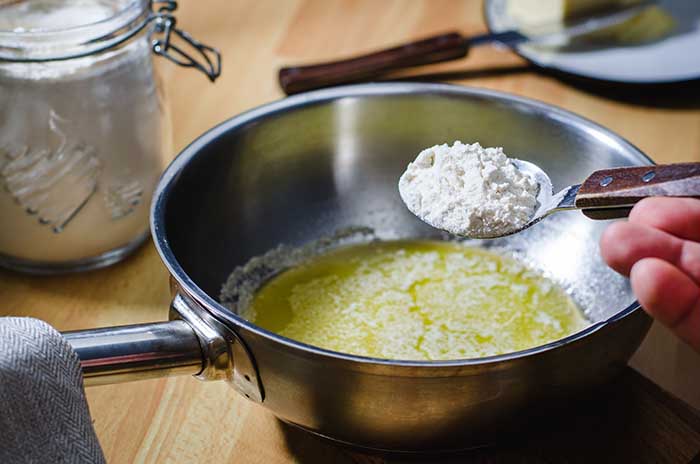
Roux is a mixture made from heating together equal parts flour and butter to form a paste. It’s traditionally used to thicken sauces like béchamel or gravy, but can also be used for soups, stews, and spaghetti sauce.
Roux sauces are such effective thickening agents because the starches in the flour expand and absorb the liquid in your spaghetti sauce. Combining it with butter makes it easier to incorporate into your recipe, and stops lumps of flour from appearing in your final dish.
Unlike some of the other methods on this list, you will have to make the roux from scratch so may not be the best choice if you’re short on time. The good news is that it only requires two common cooking ingredients and only takes a few minutes.
How to make the roux
To make the roux, add two tablespoons of unsalted full-fat butter to a pan over medium heat. Allow it to melt and until it starts to bubble.
Add two tablespoons of plain flour (do not use self-raising flour) to the butter to form a thick paste. Whisk constantly to help it incorporate and stop it from sticking to the pan.
Keep whisking for 2 minutes to allow the raw flour to cook, or until the color of the paste turns yellow. Ensure you don’t over-whisk otherwise the roux will start to burn and lose its effectiveness as a thickening agent.
Once done, simply stir the roux into your spaghetti sauce as it simmers.
Mashed Vegetables
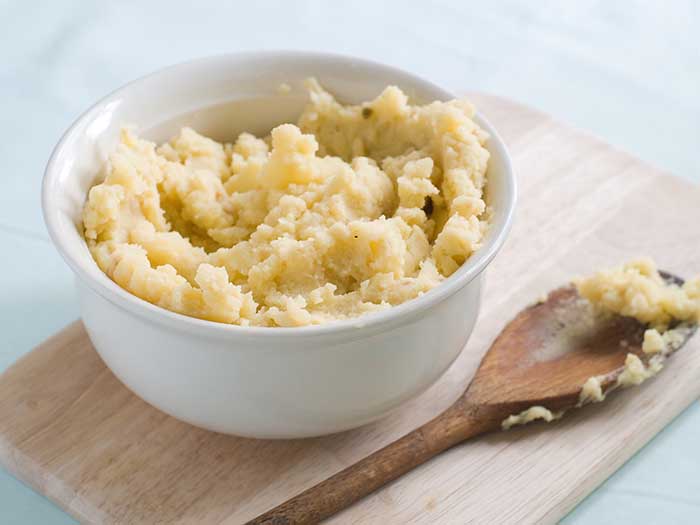
You may also thicken your pasta sauce using mashed vegetables, like potatoes, celery, or even carrots. The vegetable that you choose will determine the color of the dish. While this is not a very common way, it is effective and will add the vegetable you choose to use. It’s quick and can add an incredible texture to your sauce.
How to use mashed potato
All you will need to do is mash the potato and then blend it into the sauce, one tablespoon at a time. You will quickly notice the sauce thicken. All you will need is a spoon or two of mashed vegetables.
Egg Yolk
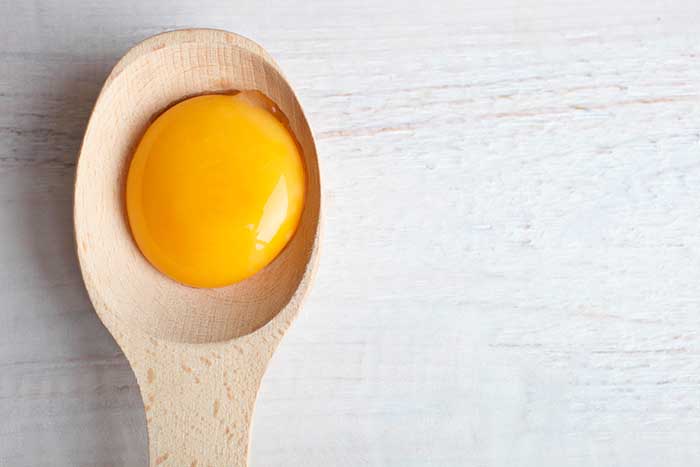
You may also choose to use the yolk of an egg to thicken your sauce. However, this will not work if you are vegan or don’t eat eggs. Egg yolks will make the sauce taste different, and it is noticeable. However, it will also thicken it nicely. Timing is key here, as adding egg yolk at too high a temperature can cause the egg to scramble.
How to add egg yolk
To prepare the yolk for the sauce, add half a cup of hot sauce to a bowl and then whisk in one egg yolk. Make sure to whisk until the mixture is smooth. When this is done, you can then simmer the sauce for about a minute. Just make sure that it doesn’t boil.
Arrowroot
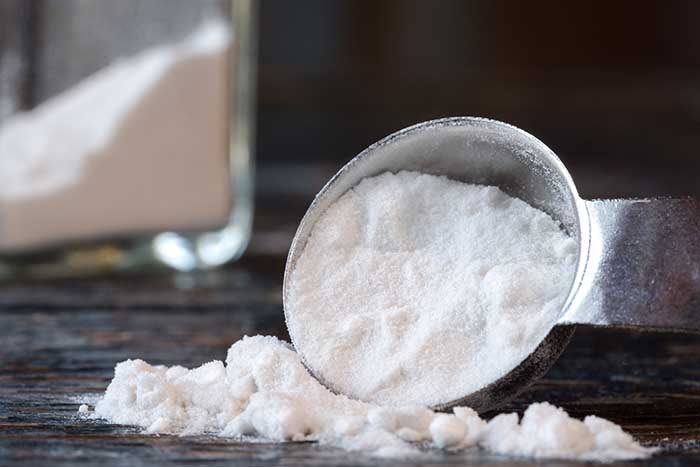
Arrowroot is a great thickening agent for vegan diets and has a neutral profile that won’t affect the flavor or aroma of your sauce. You will need arrowroot powder, which you can buy in stores or you can grind raw arrowroot yourself.
How to use arrowroot
Combine arrowroot powder and water in a 1:1 ratio to form a thin paste. Stir into the spaghetti sauce one tablespoon at a time. Allow the sauce to simmer for 5 minutes before testing consistently.

